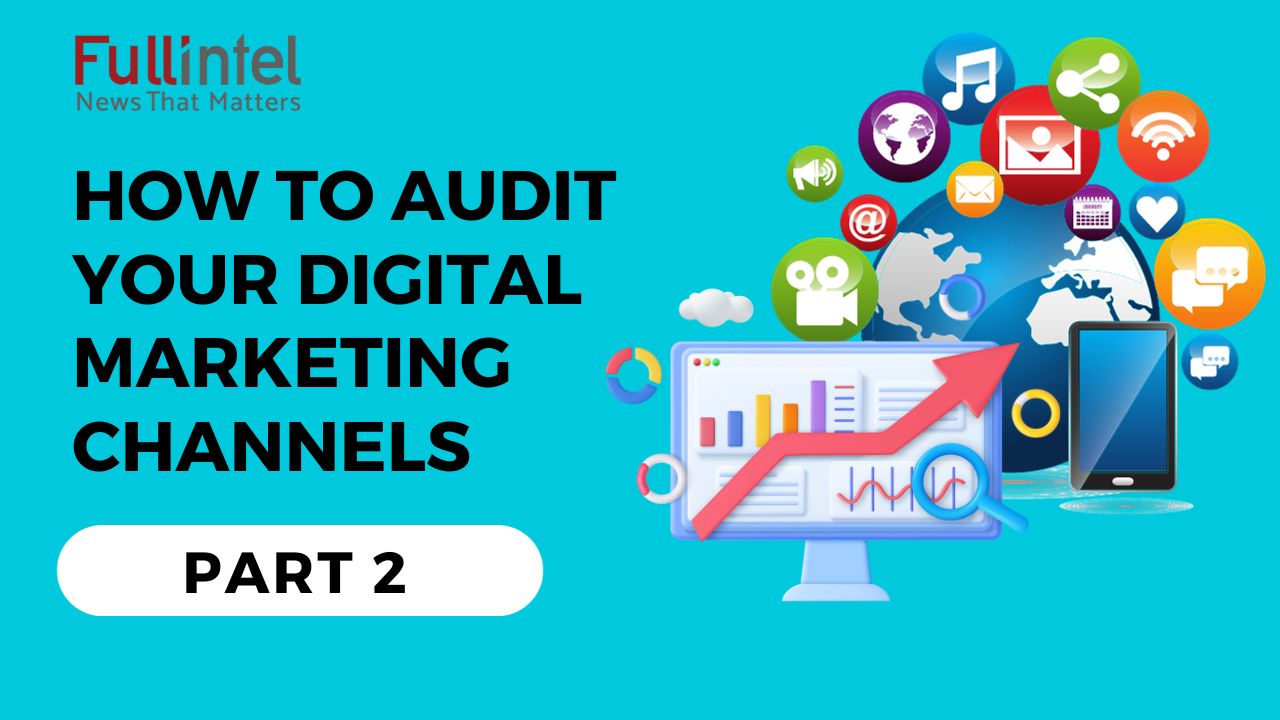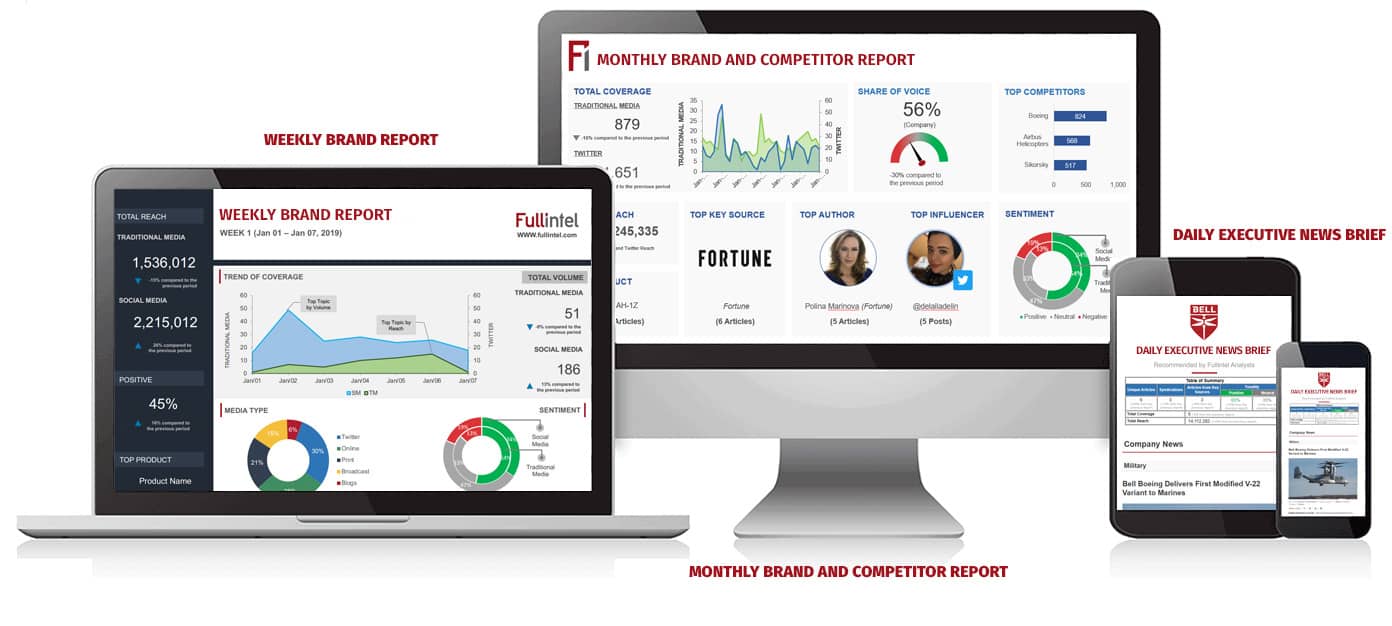
This is the second of a two-part series on the nuances (and importance) of conducting regular social media and digital marketing audits. Our first post discussed how to audit the lion’s share of your digital program. This week’s post focuses on auditing social media specifically.
We examined the importance of auditing your digital marketing channels in part one of this series while also learning how to conduct a digital marketing audit on your website, SEO, content marketing, and email marketing.
But what about your social media accounts? Read on for best practices on how to keep these important channels clean and effective.
What is a Social Media Audit?
A social media audit examines your entire social media posture. It includes taking stock of your social channels, evaluating your social content’s performance, and having an honest look at what’s going well – and what could be improved.
When done right, an audit informs your communications and marketing teams about the following:
- Which social platforms are most effective for your brand
- The impact of each platform in relation to your social goals
- What content gets the most engagement/conversions to your website
- What content helps grow your audience
- Your audience’s content preferences
- The makeup of your audience (including demographics)
Anna Mroczkowski, Content Distribution Manager at MASV, a large file transfer solution that mostly plays in the media and entertainment space, says companies should take an in-depth look at their social channels at least every quarter (and preferably monthly).
“It’s not going to have as much of a day-to-day impact compared to auditing and updating your SEO,” she explains. “But you will see a change if you don’t consistently audit once a month, or at least every quarter.”
How Do I Perform a Social Media Audit?
For its part, MASV’s social media team typically performs quick monthly audits using social media analytics to see how the past month’s content performed. That’s combined with deeper dives each quarter to uncover longer-term trends.
With all that said, here are six essential steps for building your internal social media auditing program.
1. Identify and list all social accounts
Create a document and write down all your social accounts, including those that may be super old or inactive. You may need to do some old-fashioned searching through each platform for this – sometimes, older or test accounts get forgotten and slip through the cracks. That’s why you’re doing an audit!
This step is a good time to watch for fake or spoof accounts using your company name or branding. If you do find any such accounts, you can reach out to the social media platform or account owner and ask them to take them down before getting the legal team involved.
One bonus of having a social media monitoring program is that you’ll be able to spot these fake accounts faster.
This step is also an excellent time to evaluate the platforms you’re on, along with other social platforms that you may not be involved with. Are your clients on a particular social network? How about prospects? If they’re there and you’re not, you may want to reconsider – within reason. There are only so many hours in the day, after all.
“In an ideal world I would love to be on more platforms,” Mroczkowski says, “But I don’t believe in that spray-and-pray mentality that the same exact content, copy, and messaging can live everywhere, because it’s not the same audience on every single platform.”
Mroczkowski’s advice: Don’t expand your social media program to more platforms if you don’t have the resources, because you probably won’t have enough time to do a good job. However, you can consider reserving your preferred handle for the future, just in case.
2. Evaluate messaging and branding
Every social media account is a little portal into your company, and you should treat them as such. That’s why you need to evaluate the messaging and branding of every account to make sure it’s up to date with your most recent brand style guidelines.
That includes double-checking your:
- Images (profile and banner)
- Brand voice and hashtags in content
- Profile or bio text
- Links (make sure they aren’t broken and direct to the right page)
- Username (use the same username across all channels for your main account)
Inconsistencies in brand voice, links, images, or elsewhere could confuse your audience and lead to missed opportunities.
3. Identify top-performing content
Next, examine what kind of social media content performs best for your brand on each platform, asking questions such as:
- Are videos your most popular posts?
- What about long-form thought leadership pieces?
- What kind of images and web copy do people respond best to?
- Which content is most likely to spur your audience to take action?
Rank your top-performing content based on your preferred goals and metrics. Content that best strikes a chord with your audience can be measured by engagement rate, while website clicks or conversions can measure content that convinces people to take action.
Mroczkowski says her main measuring stick when evaluating MASV’s social efforts is the number and quality of clicks to the company’s website. Once she’s got that information, she can make adjustments as needed. “If things aren’t getting clicks it’s often about adjusting my copy, or switching things up if the images aren’t doing well, maybe focusing more on video content or something like that.”
She adds that it’s also essential to consider the time of year when evaluating social media effectiveness. “Always keep in mind that things start to lessen in the summer months when people are on vacation, and over the holidays,” she says.
“So if you do see a drop during the summer for example, it’s fine for the time being, but you always want to make sure that your momentum continues to build as September comes around and people start getting back into their regular schedules.”
4. Understand your audience and influencers
Once you’ve taken a hard look at your content, perform a quick audit of your audience, most important influencers, and key opinion leaders. Understanding where your preferred audience and influencers live by examining demographics, psychographics, and other data points can further inform your decisions in Step 5 below.
For example:
- Facebook’s largest age group is 25-34 (44% female, 56% male)
- Instagram’s largest age group is 18-24 (48.2% female, 51.8% male)
- TikTok’s largest age group is 18-24 (54% female, 46% male)
- Twitter’s largest age group is 18-29 (34.1% female, 61.29% male)
- LinkedIn’s largest age group is 30-39 (43% female, 57% male)
- Pinterest’s largest age group is 25-34 (76.2% female, 17% male)
- Snapchat’s largest age group is 18-24 (51% female, 48% male)
- YouTube’s largest age group is 18-35 (51.4% female, 48.6% male)
According to these demographics, if you want to launch a visual campaign aimed primarily at women, Pinterest and TikTok are likely the best places to start.
5. Examine channel performance
Just like evaluating your social content, you must also take stock of how each social channel performs regarding your goal for that channel.
Speaking of goals, each channel you devote time towards should have a clearly defined one.
For example, while MASV’s LinkedIn account primarily promotes the company’s events and content to drive traffic, its YouTube channel mainly provides pro-ready tips and tutorials on media production and post-production topics.
To evaluate your social channels, note the channel’s goal and then evaluate your progress in relation to meeting that goal using analytics. If the numbers around a particular channel show you’re not progressing toward your goal, you may have to adjust your approach.
Conclusion
Perhaps you’ve completed your audit, and everything is running tickety boo – if that’s the case, no changes are necessary.
In all likelihood, however, you’re likely to find at least a few things that need changing (especially if you haven’t conducted an audit in a while). And that means updating your strategy to reflect these changes and improve your performance over the most recently audited period.
Use your observations and data from your audit to determine which platforms are most appropriate to invest your team’s time and which content types perform the best on each platform. You want to double down on what’s working and ditch what isn’t – with the caveat that you can always re-adjust your strategy.
None of this is possible, however, without a reliable social media monitoring and analytics partner to provide the most accurate and timely data possible. Fullintel’s expert media curators and analysts provide integrated traditional and social media monitoring and analysis, arming you with the data you need to make the most impactful business decisions.
Contact a Fullintel representative today to discuss your requirements or request a demo.



